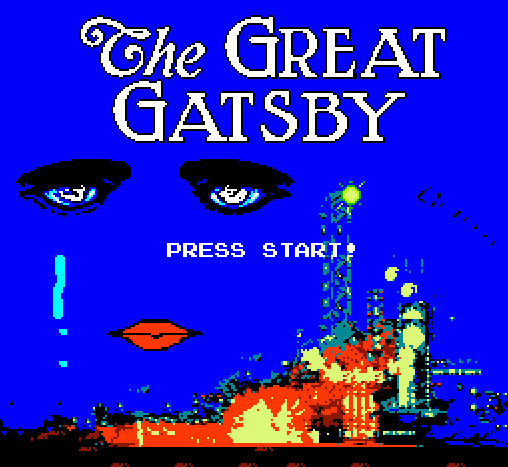

Curated by Clara Fernández-Vara & Nick Montfort. From the exhibit description…
People can’t get enough of stories–we’re always seeking to re-experience them, in different forms and versions. Myths have been transformed and rehashed between religion, folklore, and popular narrative. It’s typical to see the play, read the book, watch the film, and now, play the game. Each medium will appropriate a story based on what each medium can do best. This exhibit focuses on literary adaptations to the new medium of the videogame, ones that come from classical theatre texts (by Sophocles and William Shakespeare) as well as novels (by F. Scott Fitzgerald and Douglas Adams).
The games showcased in this exhibit demonstrate that there is a wide variety of approaches one can follow in adapting literary works into games.
The participatory nature of the medium cues a transformation of the original story, exploring its different alternatives. The Hitchhiker’s Guide to the Galaxy (a text game, or interactive fiction) is an example of how the player becomes the protagonist, engages in the story, maybe changing the events, maybe experiencing a different version of the story. Another approach to adaptation is focusing on world building rather than the events. Avon (also an interactive fiction) invites the player to explore a land inhabited by Shakespeare’s characters, who create the challenges that the player must face. The Great Gatsby (a tongue-in-cheek Flash game) intersects the world of F. Scott Fitzgerald’s story with the conventions of platformer games such as Super Mario Bros., marking the transition between levels with short cutscenes based on the novel. Another option is adapting the themes, so that the actions of the player rehearse and explore these essential themes, while the original characters, events, and setting may not be present at all. The mechanics of Yet One Word are based on the themes of Oedipus at Colonus.
The exhibit showcases these four games alongside the books they are based on; editions of these book are also available near the exhibit in the Humanities Library’s browsery.